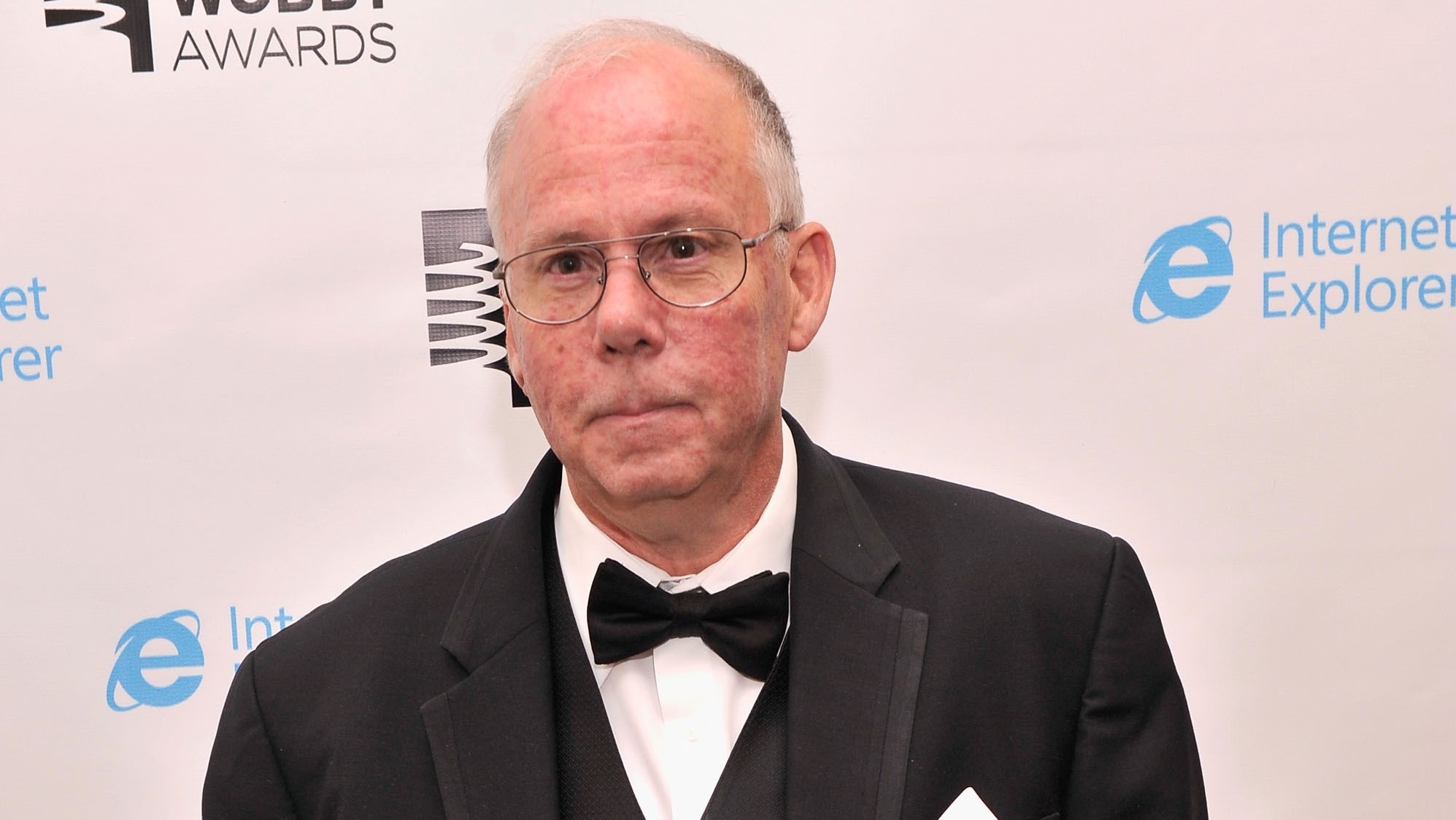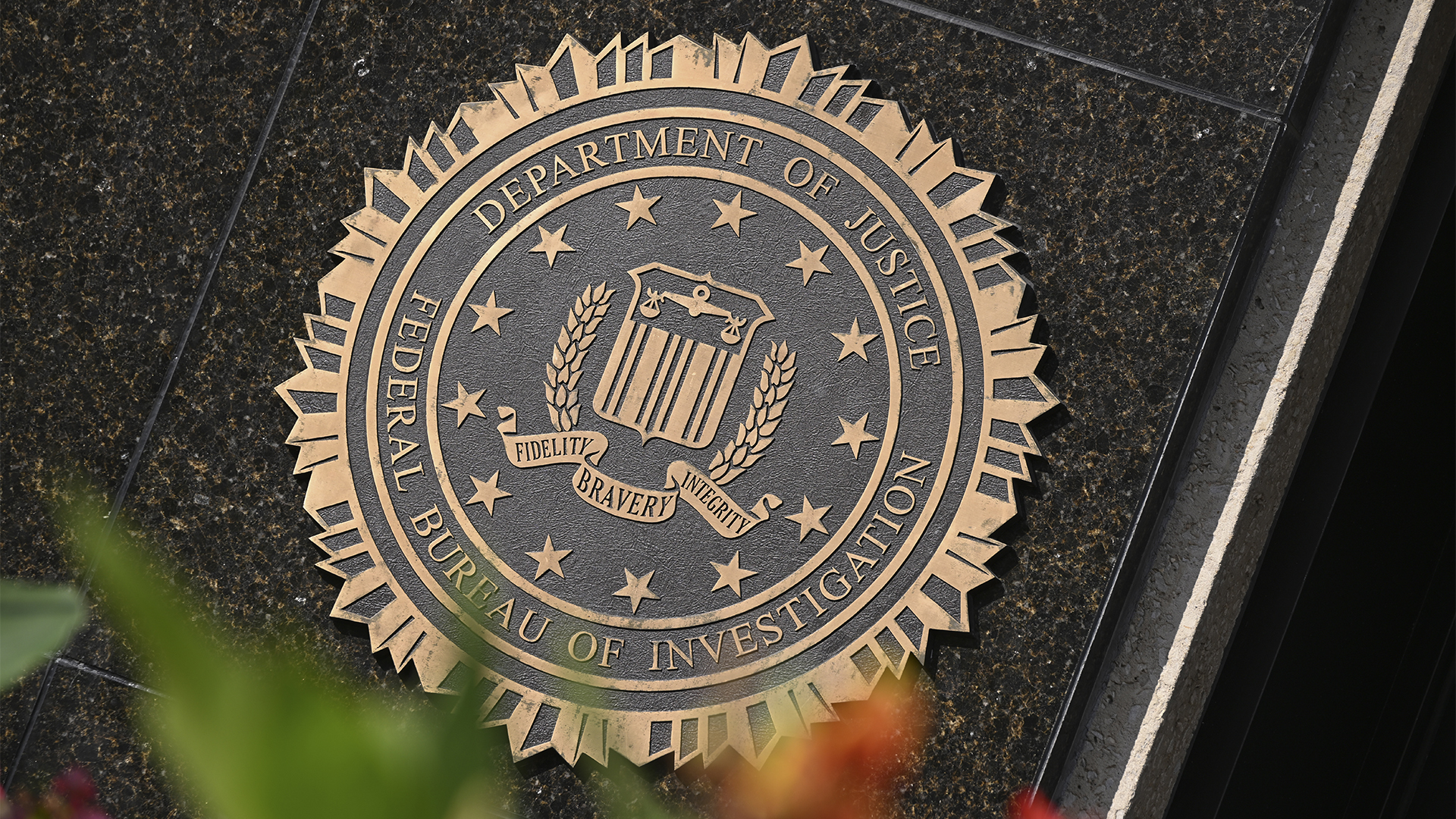Stephen Wilhite’s GIF to us all
The late computer scientist didn’t intend to help us maintain closer bonds with colleagues during lockdown – but we should thank him anyway


Ironically, there aren’t many GIFs that feature the late Stephen Wilhite, the inventor of the technology that enables them. That may soon change following the news that he sadly passed last week, at the age of 74.
The Graphical Interchange Format (GIF) is one of the few reasons you can still enjoy social media in 2022. Without funny cat GIFs or iconic memes of Leonardo di Caprio, platforms like Twitter would more closely resemble the actual hellscapes people claim they are.
What’s more, in this stressful always-online world of instant communication, the GIF offers quick, compact ice breakers to help you stay in touch with friends and family. Or, like me, it even allows you to continue to maintain close bonds with colleagues while working from home. I shudder to think what the last two years would’ve been like had I not been able to reply on Slack using the ever-useful Giphy shortcut.
Wilhite’s obituary page is filled with similar sentiments from mourners thanking him for his contribution to the internet, but it’s fair to say he wasn’t that well known for his work on the GIF. Part of the reason for this might be due to the fact he wasn’t particularly well known at all, but also because what we’ve come to know today as a ‘GIF’ is far removed from its original purpose, when Wilhite helped to create it in the 1980s.
The first GIF – an animated plane – was shared by CompuServe on 15 June 1987, as a compressed animation using time delays. Its conception had nothing to do with 'lols on the web', rather it was more a case of finding ways to distribute high-resolution coloured graphics at a time when internet speeds were snail-like. This even predates the dial-up modems of the 90s which is very hard to imagine today. Any of our most popular GIFs would’ve taken years to transfer had they been around in 1987. Wilhite would’ve likely seen the upload through to the end, though, going by his wife’s tribute.
“He invented GIF all by himself – he actually did that at home and brought it into work after he perfected it,” Kathaleen Wilhite told the Verge. “He would figure out everything privately in his head and then go to town programming it on the computer.”
RELATED RESOURCE

Wilhite stayed with CompuServe throughout the 90s before a stroke forced him into retirement. His invention, however, would evolve far beyond its purpose and leave him with an unintended legacy. This came about with two key moments in the history of the GIF that both make it what it is today and also enable it to be so widely used for free. The first is the fact that CompuServe was taken over by AOL in 1998 and it left the patents for GIF to expire, which is why the format is open to the public. The other moment is Netscape adding GIFs to its browser with an animation loop. This, according to Wilhite himself, is the reason the GIF has become what it has.
Sign up today and you will receive a free copy of our Future Focus 2025 report - the leading guidance on AI, cybersecurity and other IT challenges as per 700+ senior executives
Almost 25 years later, GIF is now outliving its creator as one of the best tools available on modern communications and collaborations platforms, like Slack or even Microsoft Teams. Not only are we using GIFs in ways Wilhite never intended, however, we’ve also been saying it incorrectly. He actually wanted you to pronounce it ‘JIF’, according to an interview he gave the New York Times in 2013. “The Oxford English Dictionary accepts both pronunciations,” he said. “They are wrong. It is a soft ‘G,’ pronounced ‘JIF.’ End of story.”
Bobby Hellard is ITPro's Reviews Editor and has worked on CloudPro and ChannelPro since 2018. In his time at ITPro, Bobby has covered stories for all the major technology companies, such as Apple, Microsoft, Amazon and Facebook, and regularly attends industry-leading events such as AWS Re:Invent and Google Cloud Next.
Bobby mainly covers hardware reviews, but you will also recognize him as the face of many of our video reviews of laptops and smartphones.
-
 'Digital hide-and-seek': Workers are wasting hundreds of hours a year sourcing the information they need to carry out their role
'Digital hide-and-seek': Workers are wasting hundreds of hours a year sourcing the information they need to carry out their roleNews Knowledge workers globally are wasting a quarter of their working week tracking down information, new research from Atlassian has revealed.
-
 Untethered: How CIOs and CISOs are paving the way for the new hybrid workforce
Untethered: How CIOs and CISOs are paving the way for the new hybrid workforceWhitepaper Effective techniques to transition from exposed legacy infrastructure to an effective zero trust strategy
-
 Unlocking the power of your digital services
Unlocking the power of your digital servicesSponsored Businesses have invested significant cash into technology since COVID-19, but are they really getting their money's worth?
-
 Delivering fast and secure digital experiences for the modern hybrid workforce
Delivering fast and secure digital experiences for the modern hybrid workforceWhitepaper A new approach to digital experience monitoring that can monitor the health of all systems
-
 Collaboration is the glue that holds your business together
Collaboration is the glue that holds your business togetherSPONSORED A combination of productivity tools and cloud telephony can enable the best from your workforce
-
 The future of work and the forgotten workforce
The future of work and the forgotten workforcewhitepaper How to deploy a mobile-first strategy so no one gets left behind
-
 The case for an accelerated device refresh cycle
The case for an accelerated device refresh cycleWhitepaper Achieving a more cost-effective device lifecycle overall
-
 Employees are choosing how they work
Employees are choosing how they workWhitepaper And with the right secure digital strategy, this could be a great thing for your business: today and far into the future


